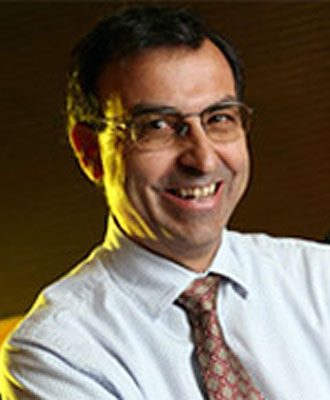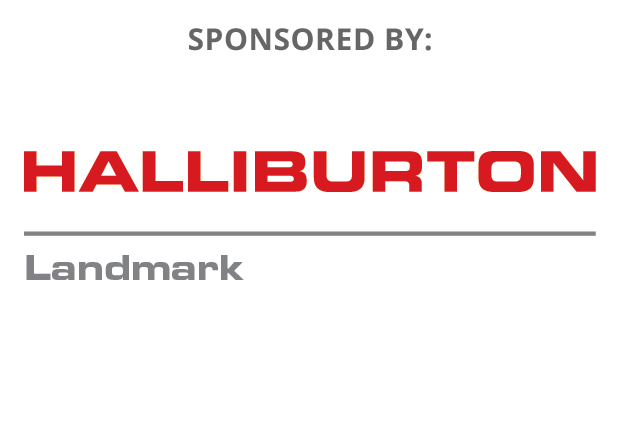Abstract
The complexity of rocks in nature, and its resultant imprint on rock properties, makes empirical laboratory studies necessary and relevant. Numerous efforts are underway in academia and industry to try and use theoretical models to predict petrophysical and seismic rock properties from microscale images of rocks. However, modeling can only honor the physics of the chosen model; measurements are still needed to define and calibrate the modeling physics. It is important to recognize the significant discoveries and technological advancements that are a direct consequence of careful laboratory measurement on rocks.
Historically, laboratory measurements have been used to develop an understanding of the physical response of rock and fluid systems under various conditions (frequency, temperature, stress, sample size, etc.). The resulting data were used to provide insights into the key controls governing rock behavior when filled with various fluids and buried below the surface. Early work was conducted to develop a better understanding of the correlations between compressional velocities, composition, density, porosity, and pore fluid type; this work formed early interpretations on understanding sonic logs and seismic bright spots. The ability to measure shear and polarized shear velocities in the laboratory significantly expanded the scope of issues we could explore on naturally occurring materials; this helped to establish a new understanding of seismic rock properties. Combining both P and S-wave data, along with some basic concepts of elasticity, provided the basis for lithology and fluid discrimination. Although multiple theoretical models provided an understanding of rock and fluid behavior, it was the experimental confirmation of Biot-Gassmann theory that allowed rock physics to become the workhorse of the oil and gas industry; it is now one of the most important tools for the analysis of prestack seismic data.
Future Directions
New directions in rock physics research will extend the application of rock physics by incorporating petrophysical characterization into our measurement and analysis of rocks. For example, the concepts of capillarity, wettability, and relative permeability are rarely incorporated into seismic modeling. However, all three properties exert primary control on fluid saturation and distribution. Other promising directions for future rock physics research includes laboratory measurements of production induced strain (in both reservoir and overburden rocks), detailed examination of the effects of pore microstructure on elasticity, examination of velocity behavior at temperatures and pressures equivalent to those found in deep basins, and the effects of CO2 and time on seismic wave propagation through reservoir rocks. Simultaneous measurements of multiple properties will provide stronger constraints for computational rock physics models. Recent developments in imaging technologies make it possible to image pore microstructures at scales that have historically been impossible. Application and further development of these technologies will allow us to extract more information from smaller and smaller samples. The practical aspect of this is that it should be possible to make better use of drill cuttings as a source of geophysical information. Finally, measurements on new reservoir materials, e.g., coals, shales, hydrates, etc., will lead to new geophysical technologies.
Our history is rich with examples of how laboratory measurements have lead to innovations in field-scale technologies. In other words, if we can observe and quantify the magnitude of an effect in the laboratory, we have a basis for developing field-scale applications. This talk will highlight past accomplishments in rock physics, and more importantly will focus on future directions in rock physics and the promising and critical role that laboratory measurements will have in the development of new and innovative technologies.
Biography
Carl Sondergeld is currently the associate dean of the Mewbourne College of Earth and Energy and the Curtis Mewbourne Professor at the Mewbourne School of Petroleum and Geological Engineering, University of Oklahoma. He earned a PhD in geophysics from Cornell University and a BA and MA in geology from Queens College CUNY.
He spent 19 years at the Tulsa Research Center of Amoco Production Company where he conducted research in petro- and rock physics, taught courses internally and internationally in rock physics, AVO and pore pressure prediction, and helped develop rock properties and AVO forward modeling software, a comprehensive rock properties database, a mobile core characterization system (GEM), and an array sonic logging tool and processing system. He holds 14 US patents. For one year he worked with BP-Amoco mainly in technology transfer and as a technology advisor.
He has been at the University of Oklahoma for 10 years, primarily teaching petrophysics, geological well logging, and seismic reservoir modeling. He is the recipient of three departmental outstanding professor awards and the Brandon Griffith Engineering Professor Award. He has been instrumental in building world class research and undergraduate instructional facilities at OU.
He currently conducts research on unconventional reservoir rocks, in particular shales, and in the areas of microstructural characterization, anisotropy, NMR, petrophysics, hydraulic fracturing, and seismic reservoir modeling. He shares responsibilities for an industrial supported research consortium in "Experimental Rock Physics" and directing a multidisciplinary gas shale study. He is an active member of the SPE, SEG, serves as the Faculty Advisor to the OU SPE student chapter, and coaches the OU Petrobowl team.






